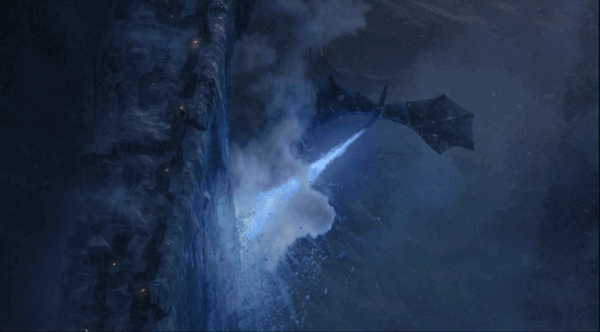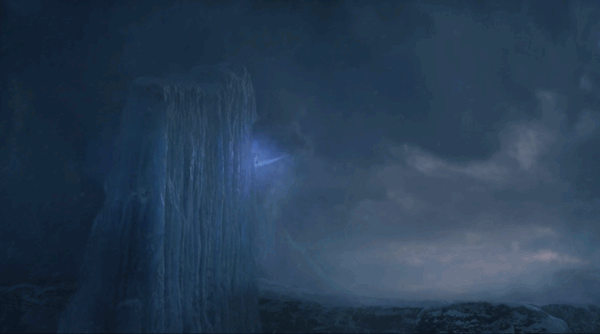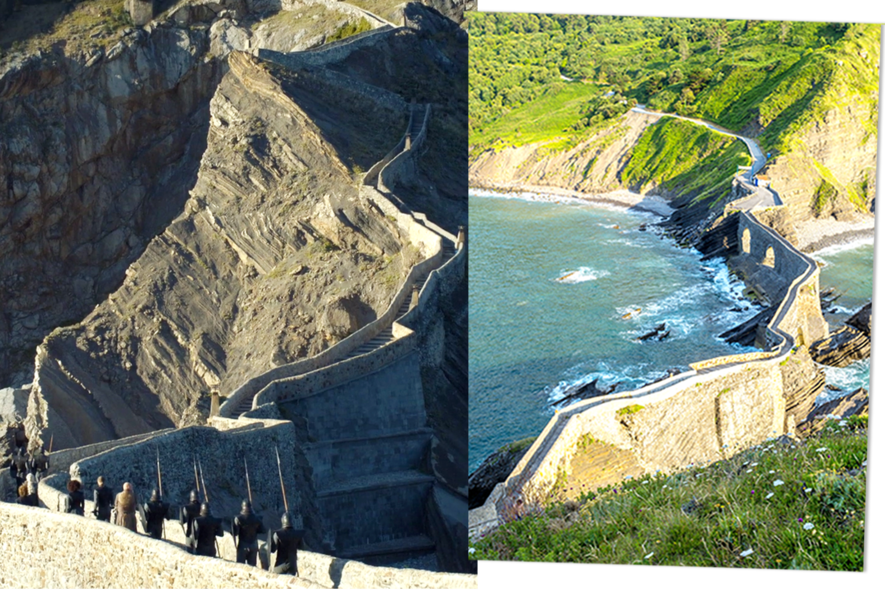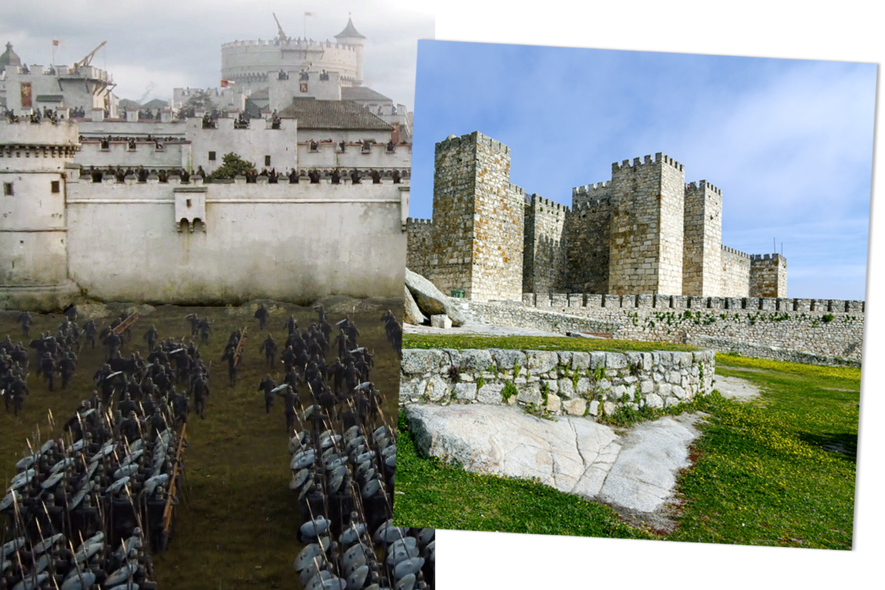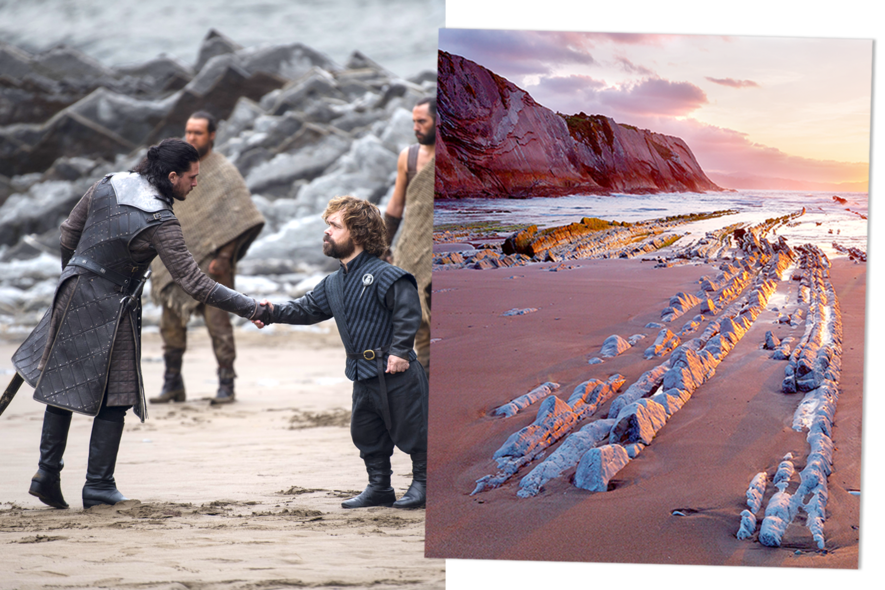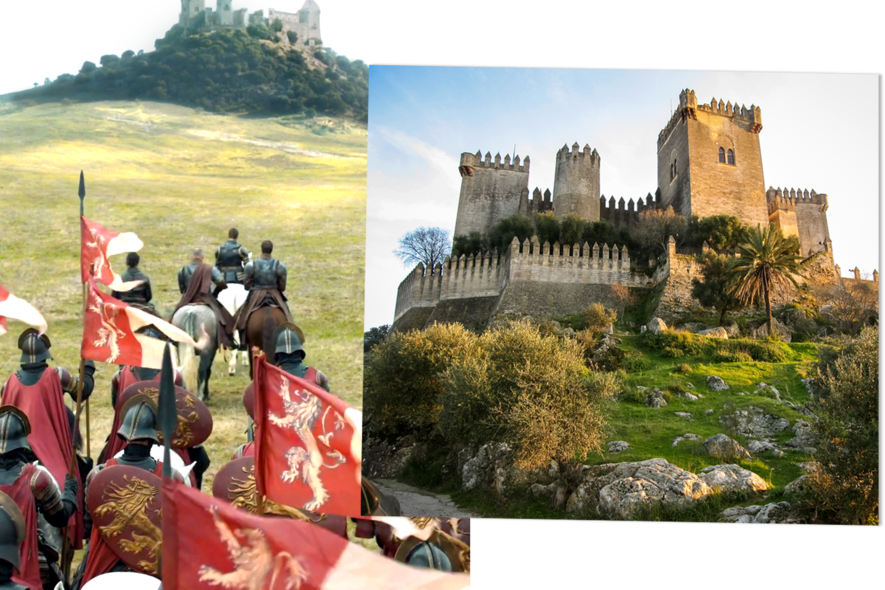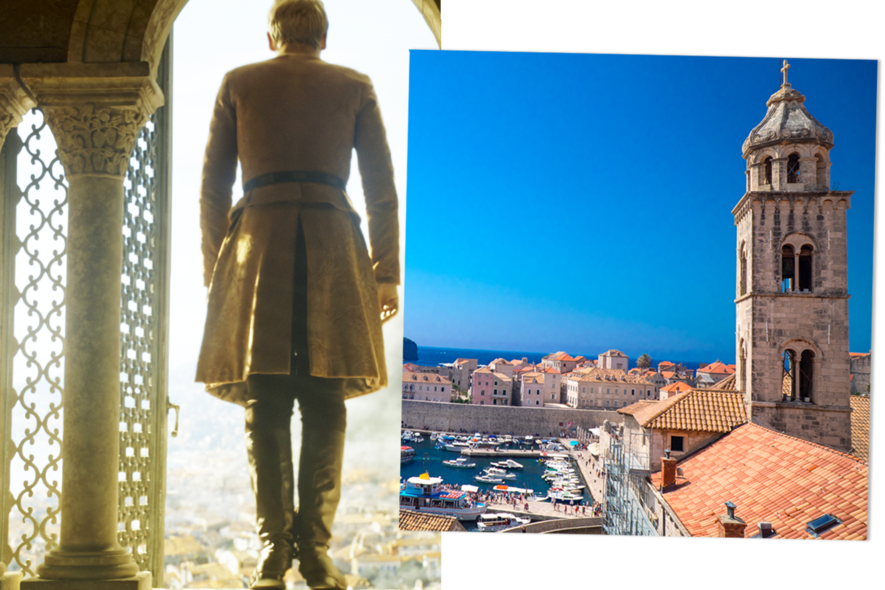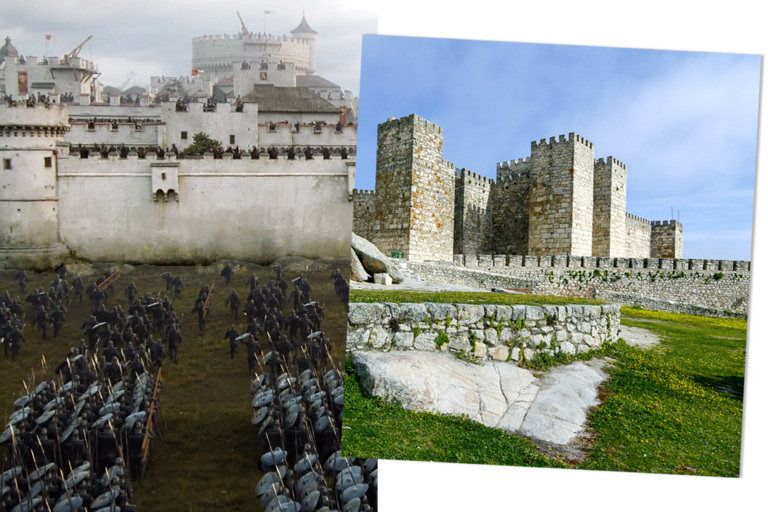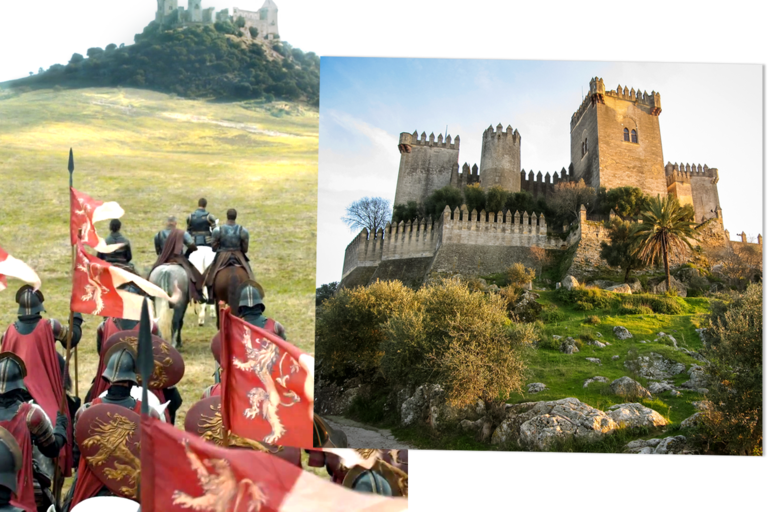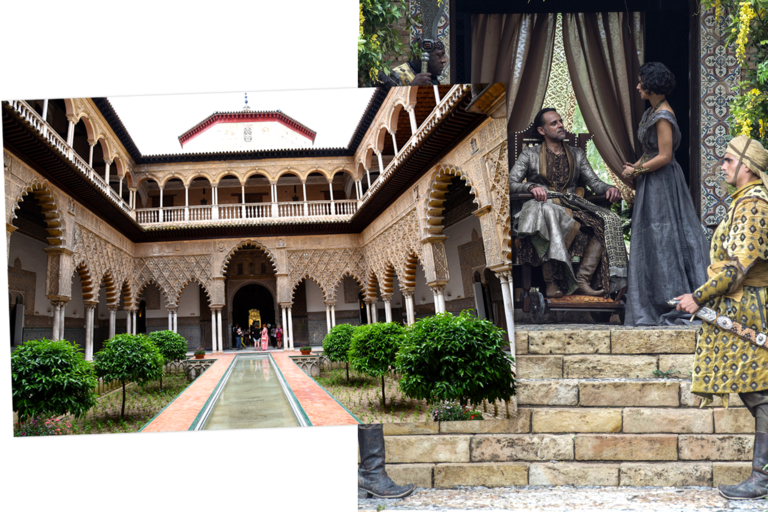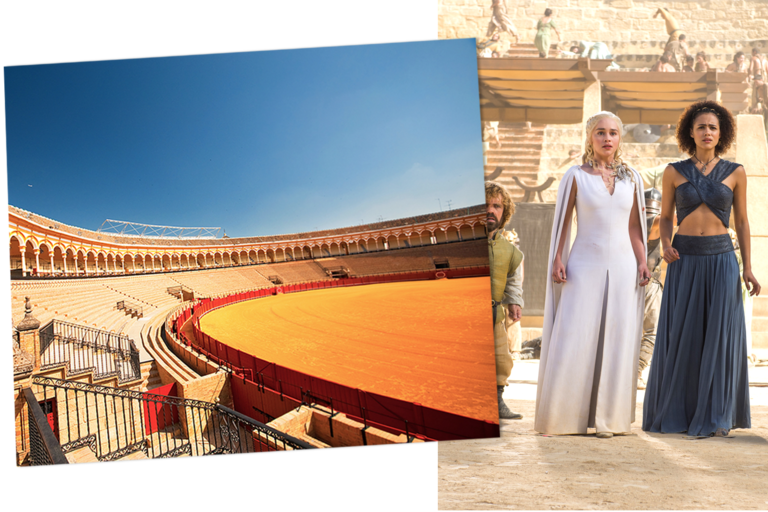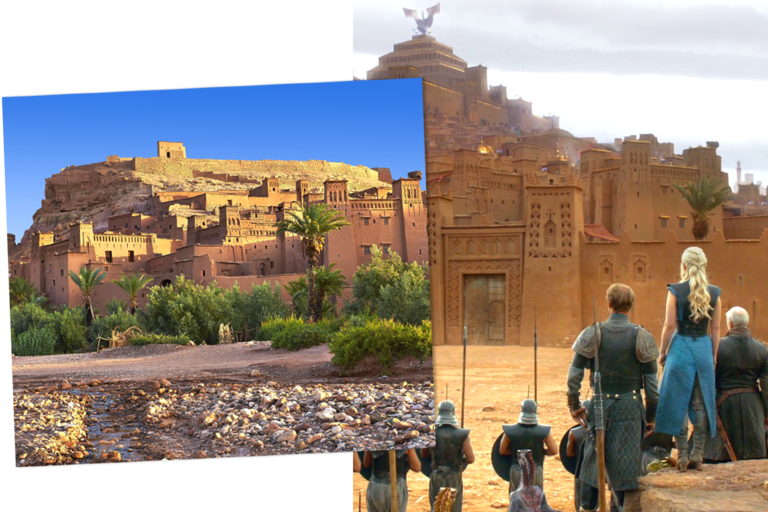Neil deGrasse Tyson’s official job may be as the world’s most recognizable astrophysicist, director of the Hayden Planetarium, and host of the series Star Talk. But in recent years he’s made another name for himself among pop culture junkies as science-minded nitpicker of blockbusters and television. His use of Twitter to poke holes in the (mostly space-related) science of popular entertainment stretches at least as far back as Gravity in 2013. His renown has ballooned to such an extent that, earlier this summer, Stephen Colbert hosted Tyson as he dug into the logic gaps of Alien: Covenant, Guardians of the Galaxy Vol. 2, and… Baywatch? Tyson is now wielding his reputation as the most-educated voice in nitpicker culture (which includes popular online series as CinemaSins, Honest Trailers, and How It Should Have Ended) to tackle a subject that has nothing to do with space. That’s right, Neil deGrass Tyson has come for your dragons and he may have finally answered a question about undead dragon fire.
Tyson started out his Thrones-based Twitter musings on Sunday by re-visiting an oldie-but-goodie that has been bedeviling Game of Thrones fans: those dragon hauling chains. Tyson’s complaint has less to do when where those chains came from (which the internet seems to have already cracked) and more with the angle the Night King and his minions are using to haul a soaking-wet Viserion out of the water.
Tyson’s chain critique may not have enormous bearing on the show itself, but go ahead and file it away in case you ever find yourself in charge of an undead army and on a dragon-fishing expedition. Tyson also has some positive things to say about dragon physics on Game of Thrones. He praises Drogon’s massive wingspan which he would need to lift is hefty body off the ground.
He also likes the way Drogon uses his wings as forelimbs—particularly in that Dragonpit scene where Dany’s ride sort of clambered down the edges of the arena to give her a dazzling entrance.
But the most useful comment Tyson had to make on the dragon specifics of Game of Thrones has to do with Viserion’s show-stopping blue flame.
Some fans (and even some Game of Thrones crew members) have referred to Viserion as an “Ice Dragon.” That may not be entirely accurate but until we hear otherwise, we’ll also accept Wight Dragon, White Dragon, or Zombie Dragon as well. But in George R.R. Martin’s fiction, Ice Dragons breathe frost, not fire. In the companion book A World of Ice and Fire, he wrote: “Whereas common dragons (if any dragon can truly be said to be common) breathe flame, ice dragons supposedly breathe cold, a chill so terrible that it can freeze a man solid in half a heartbeat.”
But it’s hard to reconcile that description with the Wall-melting power of Viserion’s blue blast. Surely that thing is hot, right?
Sound designer Paula Fairfield, who put together all the audio on Viserion’s first terrifying flight, ventured: “He’s just going at it and slicing with this. . it’s kind of like liquid nitrogen. It’s so, so cold. So imagine if that’s what it was, but it’s so cold it’s hot. That kind of thing.” But here’s what Tyson himself thinks of the blue flame.
Though there are a few complicated exceptions to this rule (and I’m not any kind of physicist so bear with me), “cherry, clear” red flame burns at 1,000 °C (1,800 °F) and the oxyacetylene process (which you might be familiar with if you’ve spent time around certain blowtorches) “produces a [blue] flame over 3,000 degrees C, by combustion of pure oxygen and acetylene.” I’m not saying zombie Viserion has acetylene in his guts (though weirder things have happened in Westeros), but the general principle is that the cooler the color of the flame, the hotter its temperature. If the HBO series decides to follow these particular laws of thermal physics (and why should it when Thrones so flagrantly disregarded chain physics?!?), then Viserion will surely be at an advantage if and when he ever goes talon-to-talon with his brother Drogon.
Now if Tyson would just explain how Viserion flies with all those dang holes in his wings. . .





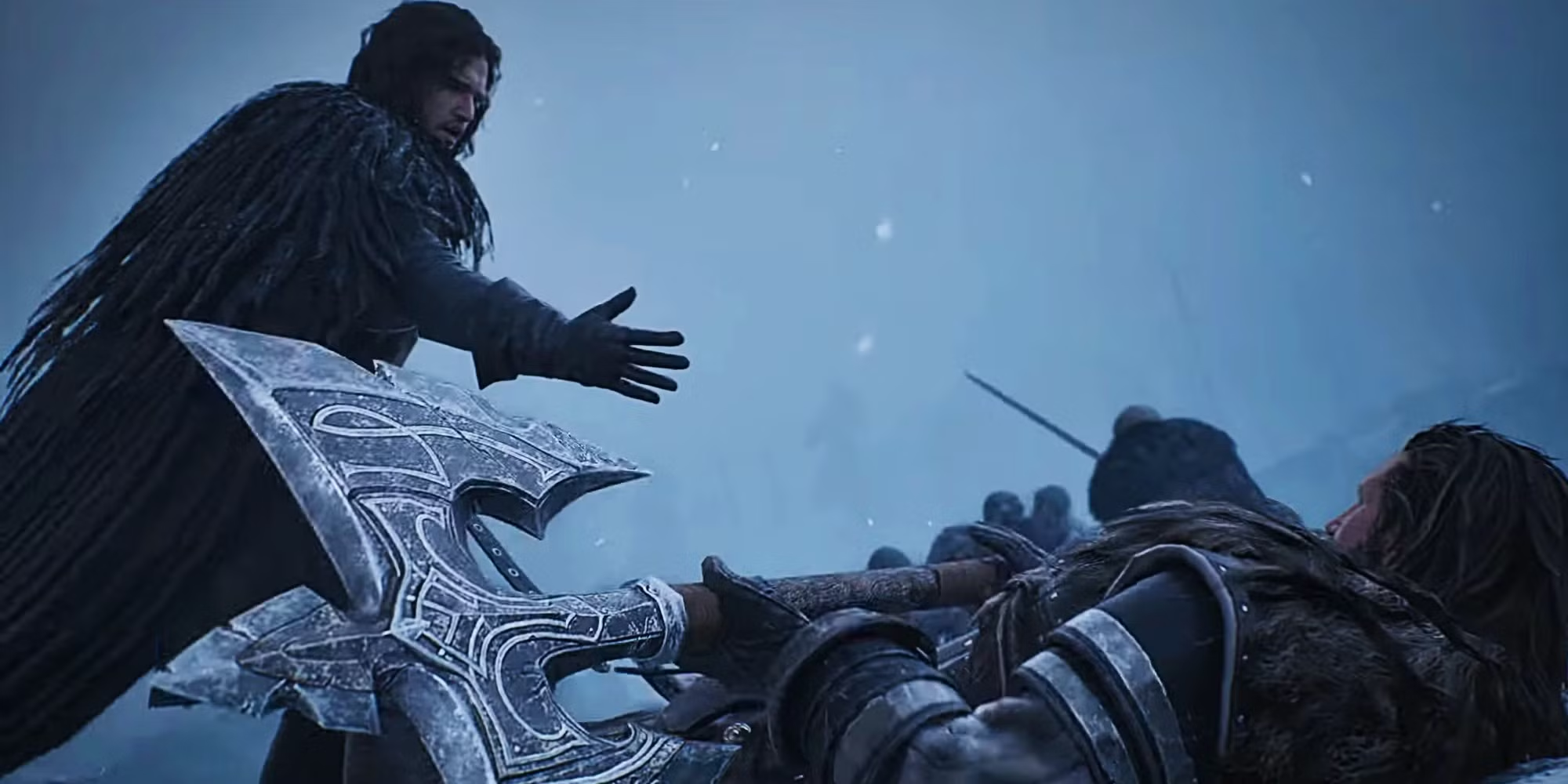














![[Book Review] The Blade Itself (The First Law Trilogy) by Joe Abercrombie](https://bendthekneegot.com/wp-content/uploads/2018/01/1516047103_maxresdefault-218x150.jpg)








